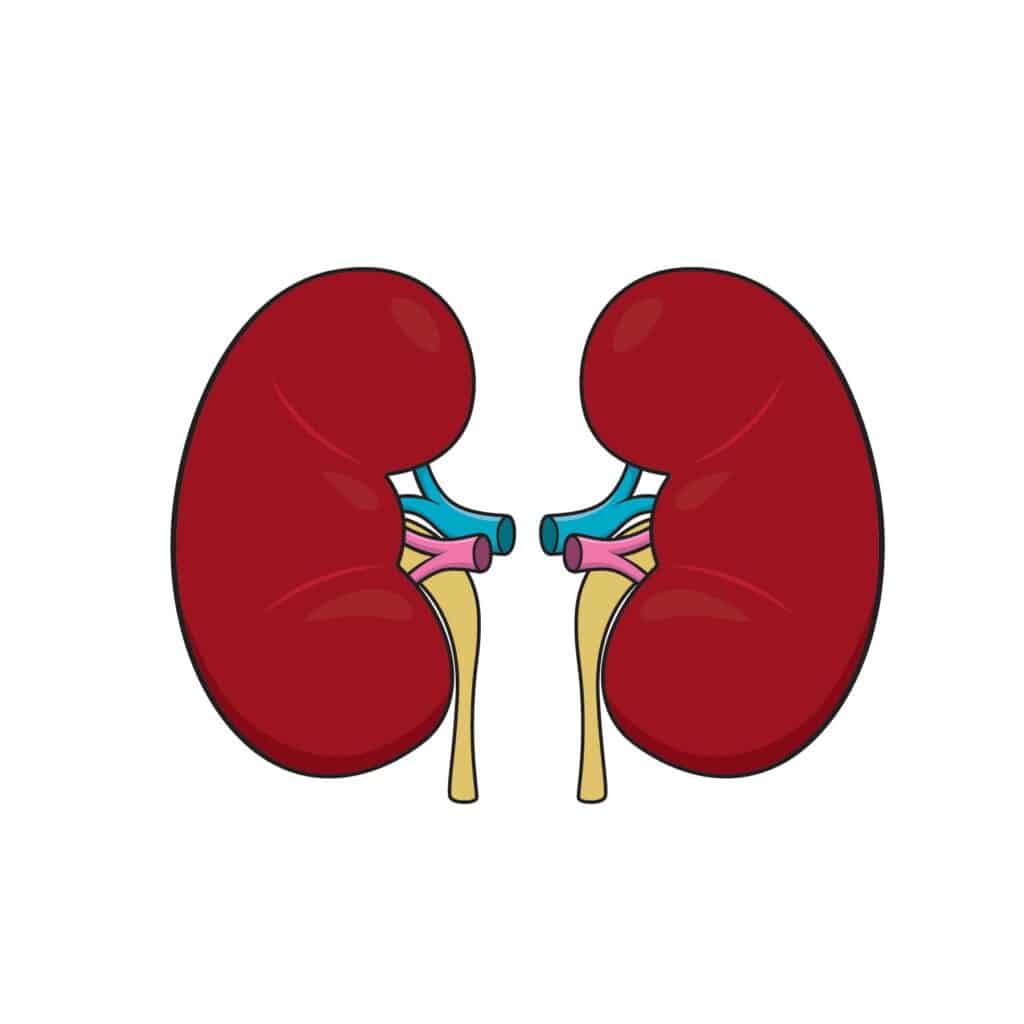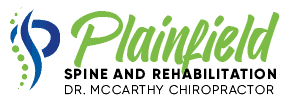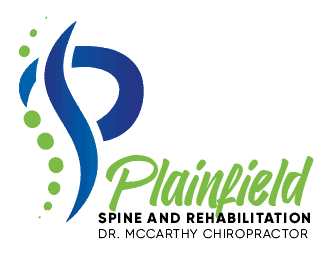Typically weighing 4-5 grams in adults, these glands are located on top of the kidneys. All adrenal hormones come from cholesterol to regulate stress, metabolism, and other hormones. Composed mainly of two parts, the outer cortex, and inner medulla, it is impossible to live without these hormones. Therefore either under or over development causes health complications.

Cortex (Outer Region) Is the largest part of the adrenal gland, it is created of 3 zones that produces 3 different types of hormones.
Reticularis zone produces androgens male hormones that help develop puberty in both males and females. These hormones are considered to have weak effects on the body.
Glomerulosa zone produces aldosterone. Which regulates blood pressure and electrolytes. Controlling the use of fats, protein, carbohydrates, blood sugar, and bone formation. Without aldosterone the body loses salt and water causing potassium to become present in urine, resulting in dehydration and low blood pressure.
Excess aldosterone can affect either or both adrenal glands leading to hyperaldosteronism or Conn Syndrome.
Hyperaldosteronism is classified by high blood pressure.
Conn Syndrome causes muscle aches, weakness, or spasms and is characterized by low potassium blood levels.
Fasciculata zone produces cortisol which is the hormone that is involved in responding to illness , regulating metabolism, the sleep/wake cycle, and anti-inflammatory effects. By stimulating glucose production this helps free up storage space so more glucose can be made, giving the body the bursts of energy needed in times of distress.
Excess of cortisol causes cushing syndrome. Symptoms include weight gain, fatty deposits (buffalo humps), purple stretch marks on abdomen, facial hair, muscle weakness, etc… Cushing syndrome can be results of pituitary gland tumors (benign or malignant) or auto-immune disorders caused by external steroids (prednisone or dexamethasone) used to treat such conditions.
Insufficient amounts of cortisol results in Addison’s disease causing lack of hormones. Addison’s disease can be acute or chronic with symptoms that include but aren’t limited to weight loss, poor appetite, nausea, vomiting, fatigue, and darkening of skin. Acute Addison’s will display more severe symptoms such as shock seizures and comas. These symptoms tend to only appear when the condition is left untreated. Onsets of this rare disease are autoimmune, fungal, or genetic based infections.
Medulla
Inside the Cortex is the significantly smaller Medulla part of the gland. Also called the “Flight or Fight” response, this part of the body is in control of regulating stress through adrenaline (epinephrine), noradrenaline (norapenephrine), and occasionally dopamine hormones. The response is initiated by increasing blood flow to the brain, relaxing airway muscles, and regulating metabolism. Excess of these hormones is called phenochromocytoma (tumor), it is difficult to control even with medications. Symptoms include headaches, sweating, tremors, and anxiety.
If you enjoyed reading about your adrenal glands, check out other health related blogs at www.plainfieldchiroandrehab.com

